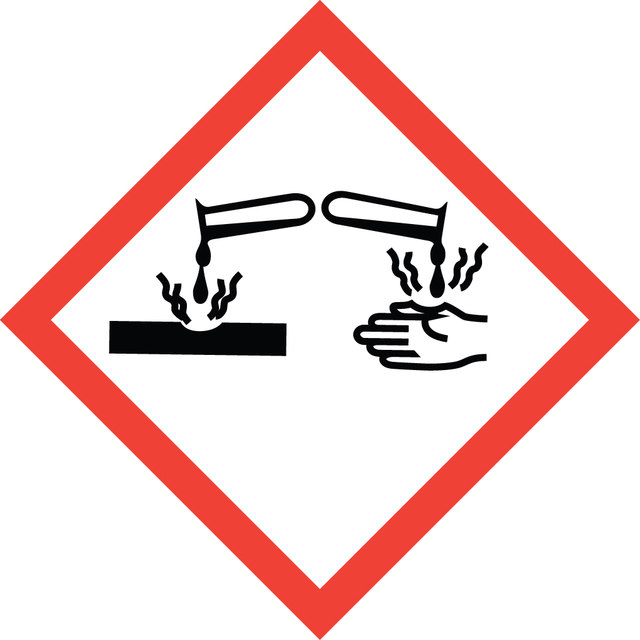254274
Lithium hydroxide monohydrate
99.95% trace metals basis
Synonym(s):
Lithine hydrate
Sign Into View Organizational & Contract Pricing
About This Item
Linear Formula:
LiOH · H2O
CAS Number:
Molecular Weight:
41.96
EC Number:
MDL number:
UNSPSC Code:
12352302
PubChem Substance ID:
NACRES:
NA.23
Assay:
99.95% trace metals basis
Form:
crystalline
Quality Level
Assay
99.95% trace metals basis
form
crystalline
reaction suitability
core: lithium
greener alternative product characteristics
Design for Energy Efficiency
Learn more about the Principles of Green Chemistry.
sustainability
Greener Alternative Product
impurities
≤550.0 ppm Trace Metal Analysis
application(s)
battery precursors
catalysts
material synthesis precursor
greener alternative category
SMILES string
[Li+].O.[OH-]
InChI
1S/Li.2H2O/h;2*1H2/q+1;;/p-1
InChI key
GLXDVVHUTZTUQK-UHFFFAOYSA-M
General description
Lithium hydroxide monohydrate is a strongly alkaline crystalline solid soluble in water. It is prepared industrially by recovering it from spodumene or by evaporating a solution prepared by reacting calcium hydroxide and lithium carbonate. It is mainly used in the synthesis of cathode materials for lithium-ion batteries, such as lithium cobalt oxide (LiCoO2) and lithium iron phosphate. It is also preferred over lithium carbonate for producing lithium nickel manganese cobalt oxides.
We are committed to bringing you Greener Alternative Products, which adhere to one or more of The 12 Principles of Greener Chemistry. This product has been enhanced for energy efficiency. Click here for more information.
Application
Lithium hydroxide monohydrate can be used mainly for the synthesis of cathode materials for Lithium-ion batteries:
- To synthesize Olivine LiFePO4 nanoplates with different crystal orientations by glycol-based solvothermal process. It demonstrated that the crystal orientation of cathode nanoplates plays an important role in the performance.
- As a precursor for the synthesis of LiFePO4 platelets under hydrothermal synthesis conditions. It exhibited homogeneous particle size distribution, greater electrochemical performances and cycle life, and morphology control.
- To synthesize Ni-rich Li[NixCoyMn1–x–y]O2 gradient cathodes (NCM). These cathodes exhibited enhanced cycling and chemical stability due to their strong crystallographic texture, unique particle morphology, and highly correlated particle orientation.
- As a precursor to prepare porous salt hydrate-based composites for low-temperature thermochemical heat storage.
- As an electrolyte additive in lithium-ion batteries.
Still not finding the right product?
Explore all of our products under Lithium hydroxide monohydrate
Signal Word
Danger
Hazard Statements
Precautionary Statements
Hazard Classifications
Acute Tox. 4 Oral - Eye Dam. 1 - Skin Corr. 1B
Storage Class Code
8B - Non-combustible corrosive hazardous materials
WGK
WGK 1
Flash Point(F)
Not applicable
Flash Point(C)
Not applicable
Personal Protective Equipment
dust mask type N95 (US), Eyeshields, Gloves
Choose from one of the most recent versions:
Already Own This Product?
Find documentation for the products that you have recently purchased in the Document Library.

